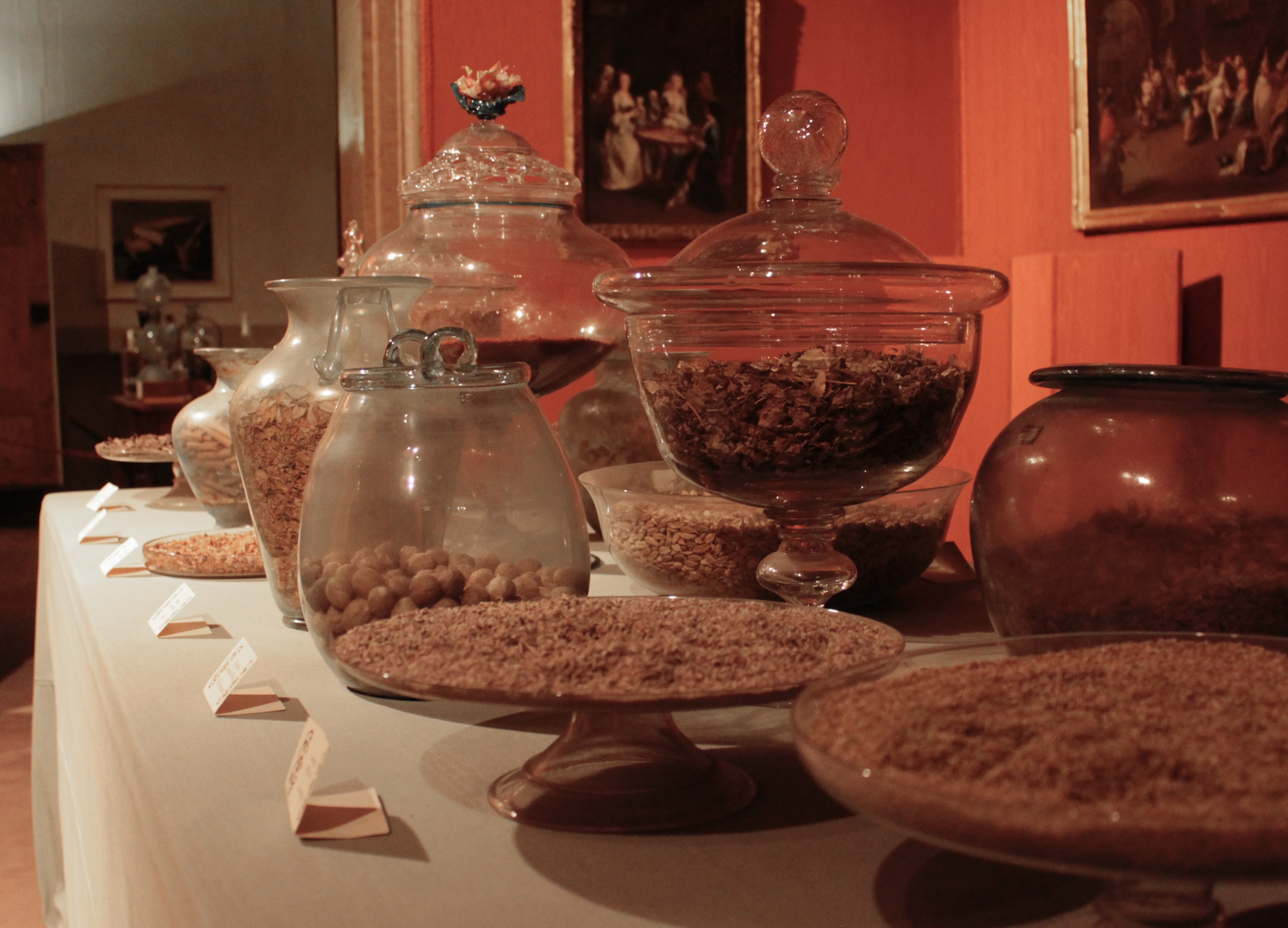“The last touch of a woman’s toilet is to look for and find the location for those in niches shaped like heart, moon, comet, crescent moon, star, fuzz. And what an attention to arrange gracefully these baits of love”. With these words Edmond and Jules de Goncourt described, in the book ‘The woman in the 18th century’, one of the many faces of the everyday life of women on the 19th century, the application of the mosques, the fake neo. Produced with the most precious fabrics, with extravagant shapes and a rich history behind, from a functional stratagem to conceal skin imperfections, this Baroque style has become the privileged means of communication of the love language.
Few people know that the mole is a thousand-year history. Already the poet Ovid told, in his famous Ars amateur, how the matrons of ancient Rome had a habit of applying in different points of the face, carefully studied, pieces of canvas or tanned, colored and cut animal skin. But it is during the 17th century, a century of love for luxury and eccentricity, that this practice is taken to the extreme.
We are at a time when smallpox epidemics, but also poor nutrition and hygiene, are the order of the day, and the lucky survivors find themselves dealing with obvious scars throughout the body. To hide at least those of the face, they begin to use fake moles. But soon from the useful it passes to the pleasure, and once this small fragment glued on the skin, seemingly harmless, arrives in the hands of women who do not enjoy sufficient freedom, it also becomes a powerful weapon of seduction.
Diffused at the beginning in France, where it was called “mouche”, fly, or “tâche avantageuse”, advantageous spot, the fake mole has secured in a short time a place of honor on the toilet tables of the rest of Europe, being kept in precious gold containers, silver, porcelain, ivory, enamel, wood or papier-mâché. In Venice, a port in the Mediterranean where the latest news and the best raw materials have always come, it depopulated with the name of moscheta, literally “small fly”, and was adored by both noblewomen and courtesans. The success is such as to inspire even the birth of the workshops of the so-called “manufacturers of Moschete”, specialized in the production and sale of these singular elements of beauty. Even today in the Castello district, a few steps from Campo San Giovanni e Paolo, in what is called Calle de le Moschete remains the indelible trace of the indispensable Venetian fashion accessory of the 17th and 18th centuries.
The niches were cut into satin, taffeta or silk, all black, in order to make the whiteness of those who wore them even more extreme. In the late 18th century, the peak of extravagance was reached with the realization of in the precious, very large, with in the center a diamond ready to sparkle in the twilight.
Shape, size, position. Every aspect of the mosques is a message waiting to be deciphered, which gives Venetian women a way to communicate without having to express themselves in words. In the beginning, typically round, this strip of cloth has gradually assumed more eccentric features: and here appear on the faces of the ladies of the 18th century hearts, moons, comets, stars and crowns. The dictates of fashion would establish that up to fifteen could be carried at the same time, and their size mattered as much as the shape: for example, small moles were indicated for intimate occasions; large and elongated ones, on the other hand, for dancing receptions, where their size made them visible at a great distance.
But it was the position, carefully studied in the mirror, that most allowed to communicate with the opposite sex their intentions, emotions and desires. If the moscheta was placed under the lower lip, one wanted to express discretion; on the cheekbones one trusted to be joyful, on the chin silent, in the middle of the majestic forehead, and so on. Other messages included marital status instead: a women engaged put a heart-shaped mole on her left cheek, while if the same heart was on her right cheek, it meant that the woman was married.
The code of symbols was therefore precise and rigid, but if used properly it could bring unimaginable results, guaranteeing the Venetian woman a freedom and a power that, although not comparable to the present day, could hardly be achieved in any other way.

